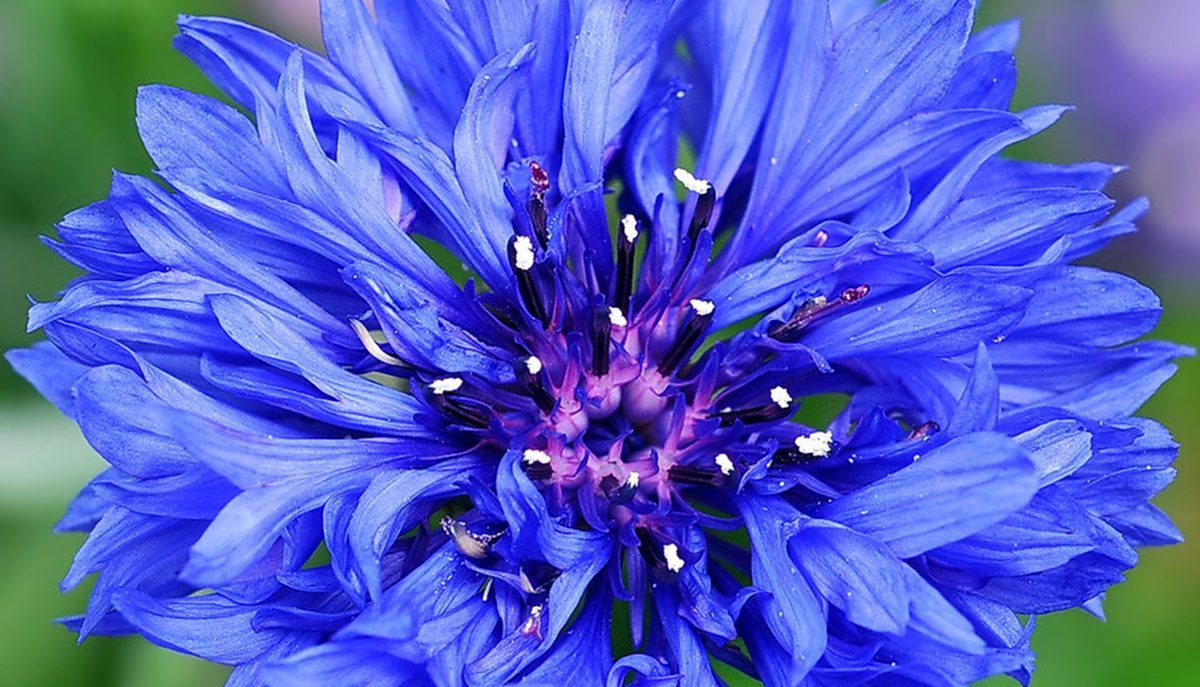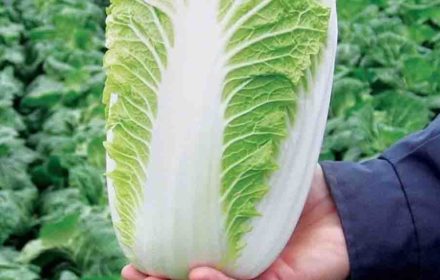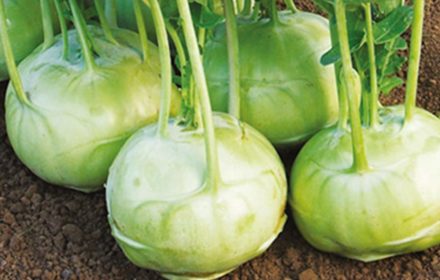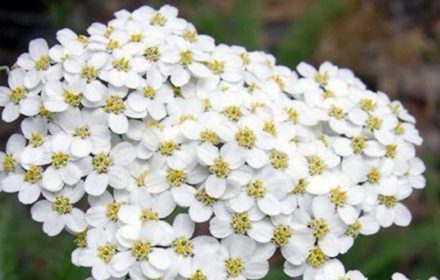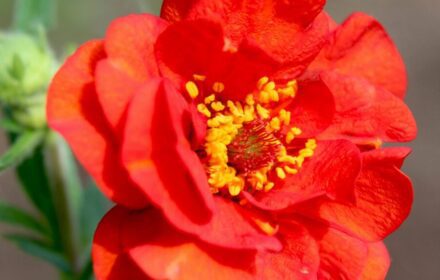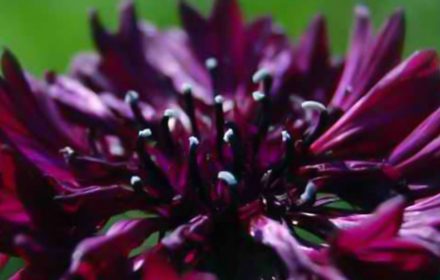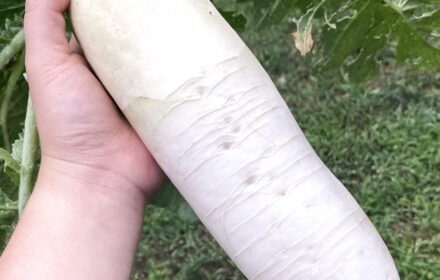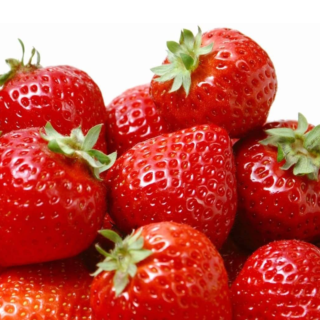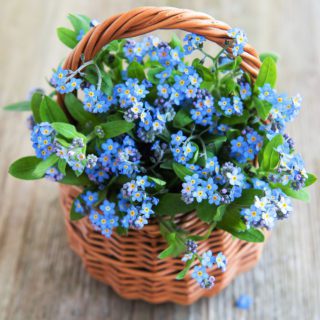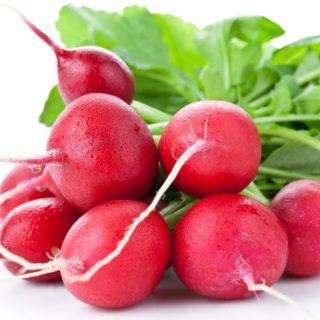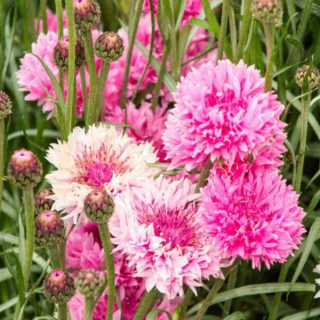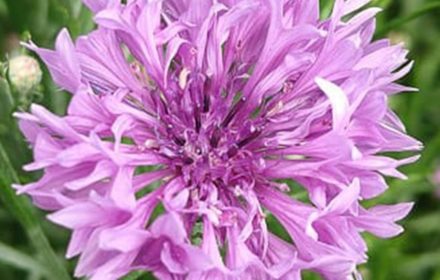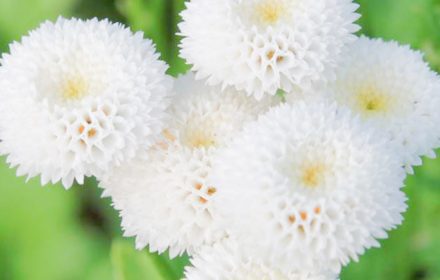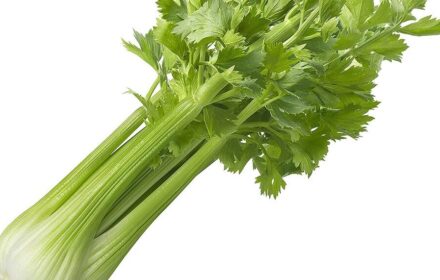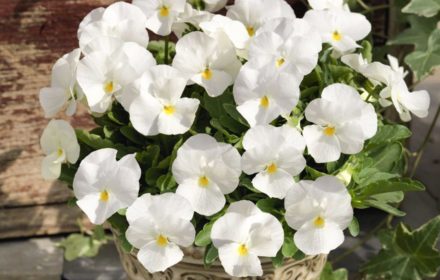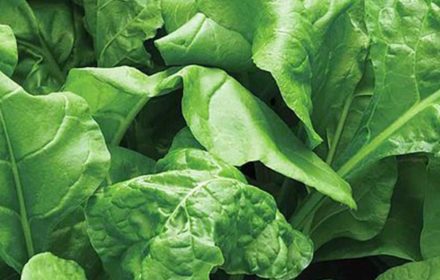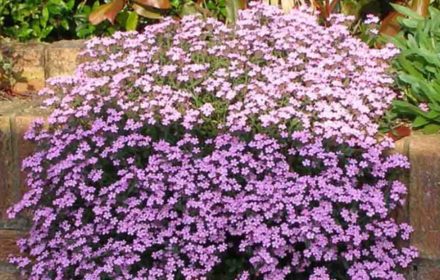How to Sow and Grow Bouquet Blue Cornflower Seeds in the UK
Bouquet Blue Cornflowers (Centaurea cyanus) are a favourite in UK gardens, known for their deep blue, double-headed flowers and culinary versatility. With their clove-like flavour and sweet undertones, these edible flowers are ideal for garnishes, teas, and baked goods. This hardy annual thrives in well-drained soil and full sun, making it a low-maintenance addition to gardens, borders, and containers.
Why Grow Bouquet Blue Cornflowers?
- Height and Spread: Tall plants reaching 80-100 cm (31-39 inches) with double-headed blooms.
- Edible Use: Both flowers and petals can be used in drinks, desserts, salads, or as a natural garnish.
- Self-Seeding: Cornflowers self-seed, providing blooms year after year.
- Hardy and Drought-Tolerant: Suitable for various soil types and resilient to dry conditions.
When and Where to Sow Bouquet Blue Cornflower Seeds
- Indoor Sowing: Start seeds indoors from late winter to early spring (February to April) for earlier blooms.
- Outdoor Sowing: Sow directly outdoors in late spring (April to June) once the soil is warm and frost-free. For naturalised growth, seeds can also be sown in autumn for spring germination.
- Location: Choose a spot with full sun and well-drained soil.
Step-by-Step Guide to Sowing Bouquet Blue Cornflower Seeds
Indoor Sowing
- Containers: Use seed trays or small pots filled with fresh, well-drained seed compost.
- Sowing Depth: Sow seeds 1/8″ to 1/4″ deep. Cover lightly with compost.
- Temperature: Maintain a constant temperature of 15-21°C (59-70°F) to encourage germination.
- Watering: Water gently to keep the compost moist but not waterlogged.
- Germination: Expect germination within 5-10 days under ideal conditions.
Outdoor Sowing
- Soil Preparation: Rake the soil to a fine tilth and remove any weeds or debris.
- Sowing: Scatter seeds or sow them individually 1/8″ to 1/4″ deep.
- Spacing: Space seeds 3-6 inches apart to allow proper growth and airflow.
- Watering: Water lightly after sowing to settle the soil around the seeds.
Transplanting and Spacing
- When to Transplant: Once seedlings reach 2-3 inches in height and have developed a few sets of true leaves, they can be transplanted to their final location.
- Spacing: Space plants 10-12 inches apart to allow room for full growth and optimal blooming.
Caring for Bouquet Blue Cornflower Plants
- Watering: Water regularly during dry periods, but avoid overwatering as cornflowers prefer well-drained soil.
- Sunlight: Ensure the plants receive full sun for abundant blooms and healthy growth.
- Weeding: Keep the area around the plants weed-free to reduce competition for nutrients and water.
- Feeding: Cornflowers typically do not require fertiliser, but adding compost or a general-purpose fertiliser can improve growth if soil fertility is low.
- Support: For tall plants, consider staking to prevent them from falling over in windy conditions.
Harvesting and Culinary Uses
- Harvesting: Cut flowers when they are fully open for fresh use or drying. Regular harvesting encourages further blooms.
- Edible Uses: Use fresh petals as a garnish for salads, desserts, and drinks or, dry petals for use in teas or as natural food colouring. Add them to homemade syrups or baked goods for a pop of colour and flavour.
Common Questions About Growing Bouquet Blue Cornflowers
- Can cornflowers grow in containers? Yes, cornflowers grow well in pots and containers. Use a well-drained potting mix, and ensure the container receives plenty of sunlight.
- Are cornflowers easy to grow? Yes, cornflowers are low-maintenance and adaptable to various soil types, making them ideal for beginner gardeners.
- Will cornflowers come back every year? Cornflowers are hardy annuals that self-seed readily, so they can return year after year if conditions are favourable.
By following this guide, you can enjoy a vibrant display of Bouquet Blue Cornflowers in your garden, along with their numerous culinary applications. With minimal effort, these striking blooms will provide beauty and functionality throughout the growing season.

